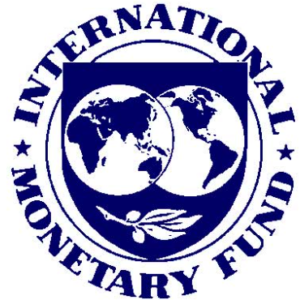May 14, 2021
 The International Monetary Fund (IMF) says the Islamic Republic has used up 97 percent of all its foreign currency reserves in the last two years and is now down to almost nothing.
The International Monetary Fund (IMF) says the Islamic Republic has used up 97 percent of all its foreign currency reserves in the last two years and is now down to almost nothing.
But Abdolnasser Hemmati, governor of the Central Bank of Iran (CBI) immediately rejected as flawed the IMF estimate, which says Iran’s foreign currency reserves were down to only $4 billion in 2020.
Days later, the Central Bank issued a statement saying the IMF had messaged the bank saying it had corrected its error and now listed Iran as having reserves of $115 billion.
The Iran Times queried the IMF, which immediately denied making any change in its concluasions. The IMF emailed the Iran Times:
“The IMF did not send a correction of reserves estimates to the Central Bank of Iran. The reserve estimates in the Middle East and Central Asia’s Regional Economic Outlook report have not changed since the report was published on April 11. Upon the authorities’ request, the IMF staff have shared with the Central Bank an explanation of the methodology.”
Hemmati wrote in an Instagram post April 11 saying the IMF’s estimate on Iran’s reserves is reflective of the organization’s mistaken approach to the Iranian economy. It was the only IMF statistic that he objected to, however. He did not say the IMF estimate that Iran’s economy was one of the few in the world to grow last year was flawed.
Furthermore, he never said what he considered the stock of Iran’s foreign currency reserves to be.
“The publication of a mistaken estimate by this Fund, without gaining the verification of the CBI, is not becoming of the IMF, just like their discriminatory behavior [in not yet approving Iran’s request for a $5 billion loan],” read part of Hemmati’s post.
But the IMF publishes statistics as it calculates them; it does not require the approval of the government of the country it is writing about.
Bourse & Bazaar, a respected Tehran business journal, said most people who cited the IMF report missed an important footnote, partly because it was written in gobbledygook. But, translated into plain English, the footnote said the IMF had only counted reserves that the Islamic Republic can get its hands on, not the billions frozen in foreign banks as a result of US sanctions. It said that total reserves today counting all the frozen funds are actually greater than in 2019 although it gave no number.
In a report published early in April about general economic indicators in the economies of the Middle East and Central Asia region, the IMF said Iran’s official reserves had declined from $122.5 billion in 2018 to $12.4 billion in 2019 and further dwindled to $4 billion in 2020.
That comes as Iran reportedly has more than $40 billion in funds in other countries where banks refuse to let Iran touch those funds over fears that they might face US penalties.




















